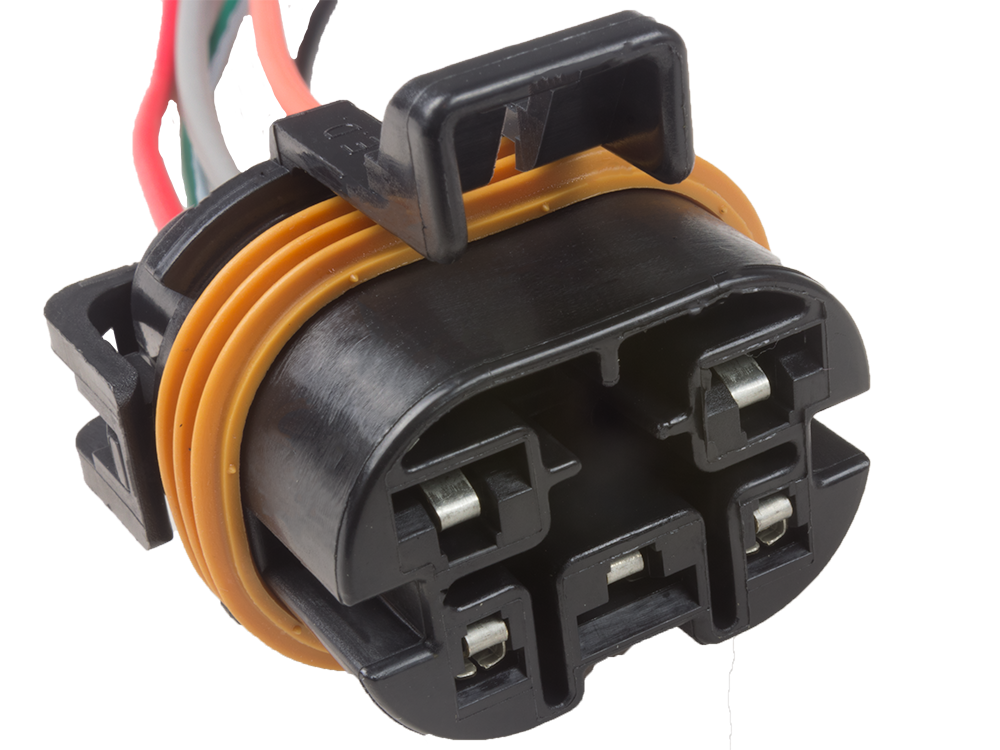Quote:
|
got home and was hearing a screeching type noise and figured it was related to the neighbors.
|
Sorry, but that made me chuckle. At least you didn't mention your wife...
Here's some practical advice, one tech to another. I have not proven, but firmly believe, those relay amperage ratings are for peak, brief, intermittent current draw. There's no way a constant 30A draw won't burn one up. Most of the time the female terminal(s) it plugs into will heat up, then the terminal relaxes and current starts to arc across the gaps which are created. Then the heat begins to build, the terminal coatings oxidize, and finally the relay and the box it plugs into melts.
Manufacturers are doing everything they can to save money these days and in the fleet world we see the results. GM uses similar relays in the underhood connectors of their vans. 16-17A continuous draw through the fuel pump as our vehicles drive through town destroys the board where the relay plugs in. While GM was willing to replace the boards under warranty we let them. Once the vehicles are out of warranty we move the relay off-board and use a fuel pump relay from a '90s design truck. We also make sure to use female spade terminals with a spring terminal rather than the cheapie side-contact aftermarket versions. I even worked to locate a relay block with quality spade terminals.
The same thing happens with horn relays, blower relays, ABS motor relays, and body builder added A/C and fan relays. Those small pin relays just don't hold up like a relay with a larger pin. A number of our Chrysler vehicles have a similar problem to the GM vans I described. When I heard about the problem I ordered the Chrysler factory fix-it kit. It comes with a similar type of relay to what we use with the GM vehicles, and a plug with large spade terminals to connect the relay. Whaddaya know... The engineers seem to know the little relays aren't going to hold up in that circuit.
And in addition to the constant draw problem I mentioned you have to watch for current spikes. These happen primarily in circuits that power motors. Brush type motors act as a dead short when first powered on. As the armature begins to turn the current draw decreases. Each time a relay closes to power a motor there is a small arc across the contact points. The arc attempts to weld the contacts closed. If the points get hot enough they will try to stick. The size of the points and the size of the spring that forces the points to open back up are a big part of what prevents the relay from sticking. The type of metal the points are made of makes a big difference also. Quality relays use an alloy less prone to arcing and less likely to weld together. Bigger relays usually have larger points and larger return springs.
I used to have a chart from a GM trainer that listed GM fuel pump current draw vs fuel system type. System pressure was the real key. TBI was lowest at 9-13 psi. For systems with 55-65 psi, a typical GM pump draws 16-17A. Higher pressure draws even more current. My advice is to move to a larger relay after checking the pump and pump circuits for peak and constant current draw as mentioned above.

